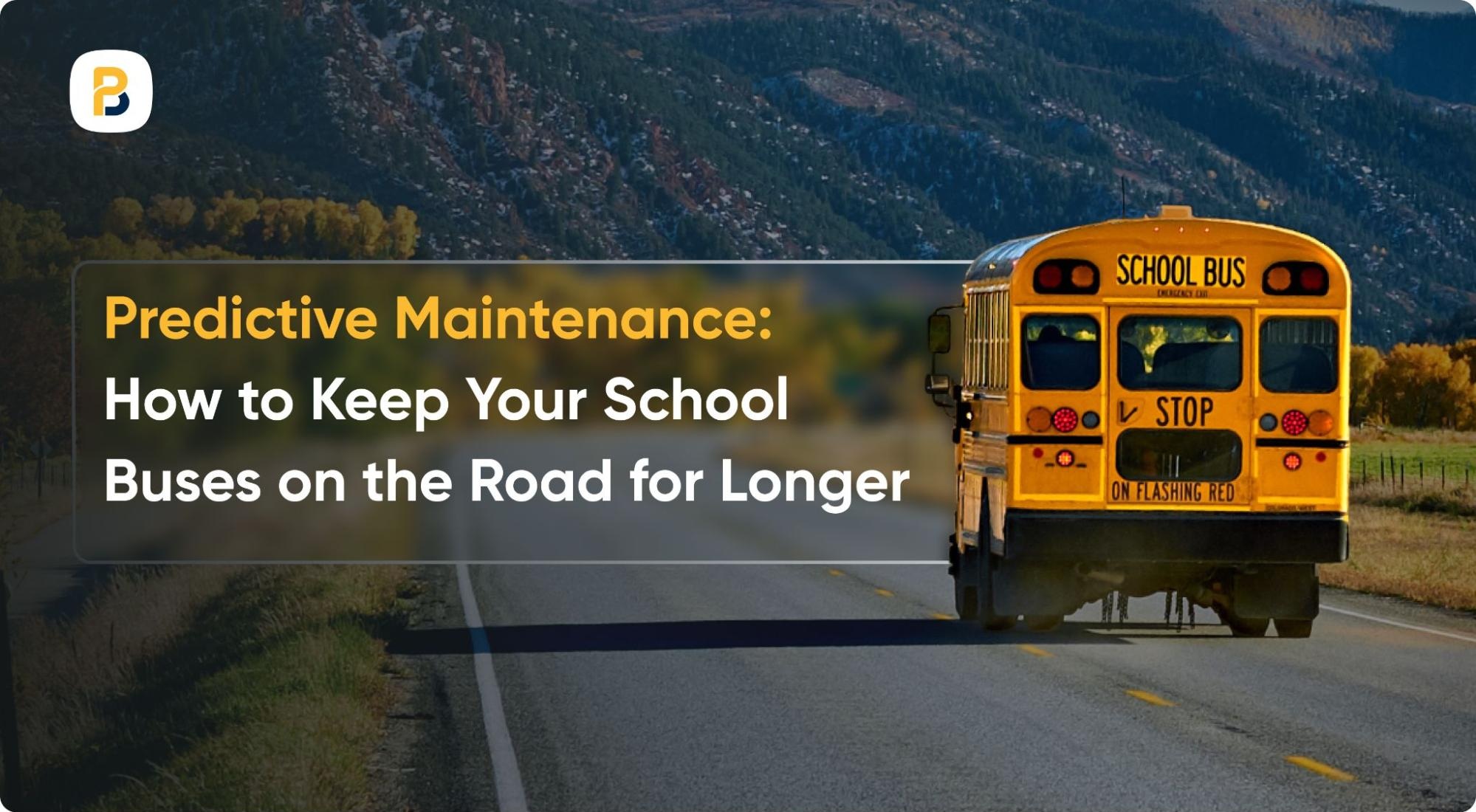In recent years, inflation has significantly impacted educational institutions across North America. One of the hardest-hit areas in many school districts is the transportation department.
Faced with fewer buses, driver shortages, and rising fuel costs, many districts are forced to either cut routes or reduce services. However, some districts are turning to creative strategies like hypermiling to reduce costs and keep buses rolling.
1. Eliminate Speeding and Aggressive Driving Habits
Excessive speeding, rapid acceleration, and harsh braking are all major contributors to fuel waste. According to the U.S. Department of Energy, aggressive driving can lower gas mileage by 10% to 40% in stop-and-go traffic.
Training drivers to maintain steady speeds, use cruise control where appropriate, and coast to stops. This would help by improving fuel economy and reducing the wear and tear of vehicles.
2. Reduce Idling Time
Unnecessary school bus idling affects human health, pollutes the air, wastes fuel, and causes excess engine wear. Emissions after a restart contain less carbon monoxide, nitrogen oxides, and other pollutants than if the school bus idled continuously over a 10-minute period.
Encouraging bus drivers to turn off the engine when parked for extended periods can significantly reduce fuel consumption.
3. Gradually Decelerate
Instead of braking hard when approaching a stop sign or traffic light, drivers can save fuel by lifting their foot off the accelerator and allowing the bus to coast gradually to a stop. This technique minimizes unnecessary fuel injection and reduces brake wear.
4. Minimize Use of Air Conditioning
Running the air conditioner puts an additional load on the engine, especially in older bus models. While comfort is essential, using ventilation fans instead of full A/C during mild weather can help conserve fuel.
Drivers should open windows or use low A/C settings unless absolutely necessary. Student transportation departments can set a temperature threshold for buses, and drivers must maintain that.
5. Lighten the Bus Load

Carrying unnecessary items on the bus adds weight, which increases fuel use, reducing the fuel economy by up to 3%. Avoid keeping unnecessary and heavy items in the bus. Encourage maintenance staff and drivers to routinely inspect buses for unused cargo, tools, or equipment.
6. Route Optimization
Hypermiling is complemented by route optimization, which helps reduce the overall mileage. By analyzing real-time data, school districts can consolidate stops, avoid congested routes, and reduce idling, indirectly boosting fuel efficiency.
This strategy works best when implemented alongside good driving practices. While it requires upfront investment in software and training, the long-term fuel and time savings can be substantial.
Conclusion

Hypermiling and other fuel-saving techniques are valuable strategies, but their effectiveness demands extensive staff training and active performance monitoring. Implementing these changes successfully means creating a culture of accountability, where drivers understand the “why” behind each practice and receive regular feedback based on real driving data.
With real-time GPS tracking of behaviors like idling, speeding, and hard braking, along with built-in analytics and reporting, BusPlanner helps student transportation professionals deliver data-informed training and support. Contact us to learn more!







